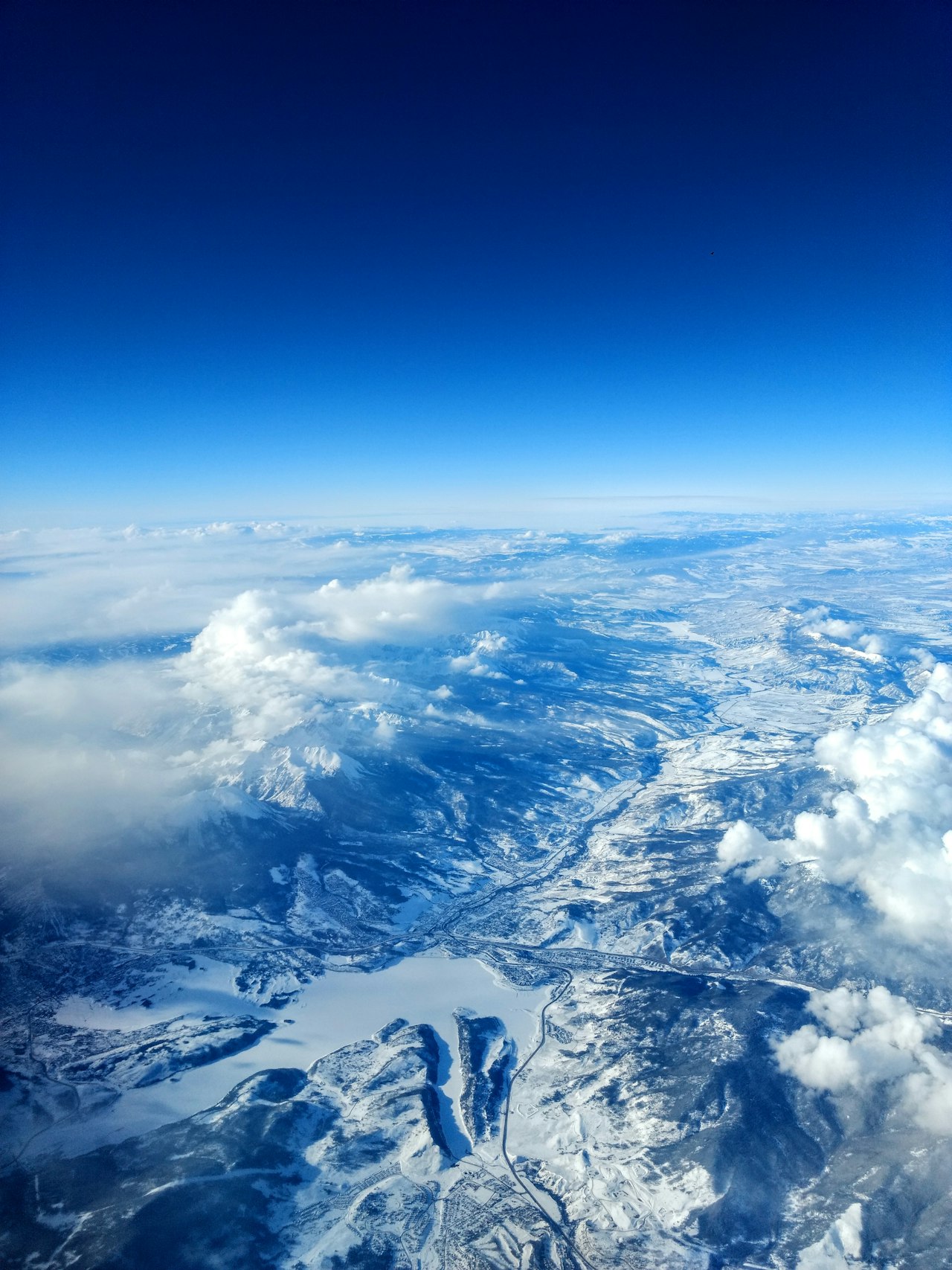Microplastics are seemingly everywhere — including Colorado’s snowpack
Microplastics

Microplastics

As the focus on the electron microscope resolved, Richard Reynolds found himself feeling more resigned than surprised.
The slide before him was a snowpack sample collected from pristine Colorado high country. The sample revealed, at intense magnification, the snowpack’s expected sprinkling of rock fragments and spikey grains of sand.
It also revealed what shouldn’t have been there at all: long, straight, human-made fibers of plastic.
The sight confirmed what Reynolds, a retired U.S. Geological Survey researcher, and his colleagues had suspected after seeing snowpack studies from far away places: An invisible layer of microplastic blankets the Rocky Mountains, polluting our snowpack and our water in yet undefined ways.
“It seems to be everywhere,” said Reynolds, coauthor of a new study of the microplastics detected throughout the Upper Colorado River Basin.
“And there’s a lot of it.”
Fragments of shredded truck tires blown in from nearby highways. Pieces of plastic bottles lifted from a Utah landfill by siroccos and dropped onto Loveland Pass. Detritus from the Pacific garbage patch catapulted by El Nino into the San Juan mountains. The microplastics on the slides are too tiny to offer identities like brand names or shapes. But those distant sources are the initial suspicions of the research team as they plan followup studies on more samples.
A host of wildlife and water quality researchers are likely to descend on the study results to gauge impacts of invisible plastic fibers riding snowmelt into every crevice of the high country. They’ll also be looking for any dangers for the cities downhill that rely on that water.
“Microplastics are very persistent. So where are they going to end up?” said Steven Fassnacht, professor of snow hydrology and a senior research scientist at Colorado State University. Fassnacht was not involved in the USGS microplastics study, but is familiar with the team’s work.
“I think we’re going to start seeing more and more microplastics in fish, and in our drinking water,” he said.
For now, the immediate news is bad enough: Much like the dark red dust that blows onto the snowpack from Colorado Plateau and Great Basin storms and creates rust-colored layer cakes above treeline, the microplastics may absorb sunshine and speed up snowmelt.
The previously known impurities in Colorado snow had already piled on the current 22-year drought and long-term climate change to threaten state water resources and outdoor recreation that rely on deep winters. Darker dust layers are an “accelerant” to early snow loss, researchers say. Drought in turn worsens the dust storms by stripping the moisture that binds soil together across the West.
“Climate change is showing its ugly head now,” said Jeff Derry, a coauthor of the microplastics study and executive director for the Center for Snow and Avalanche Studies which has sensors across the San Juan Mountains. “This year in southern Colorado we saw the snow melt essentially a month early.”
By: Michael Booth I The Colorado Sun I July 31, 2022